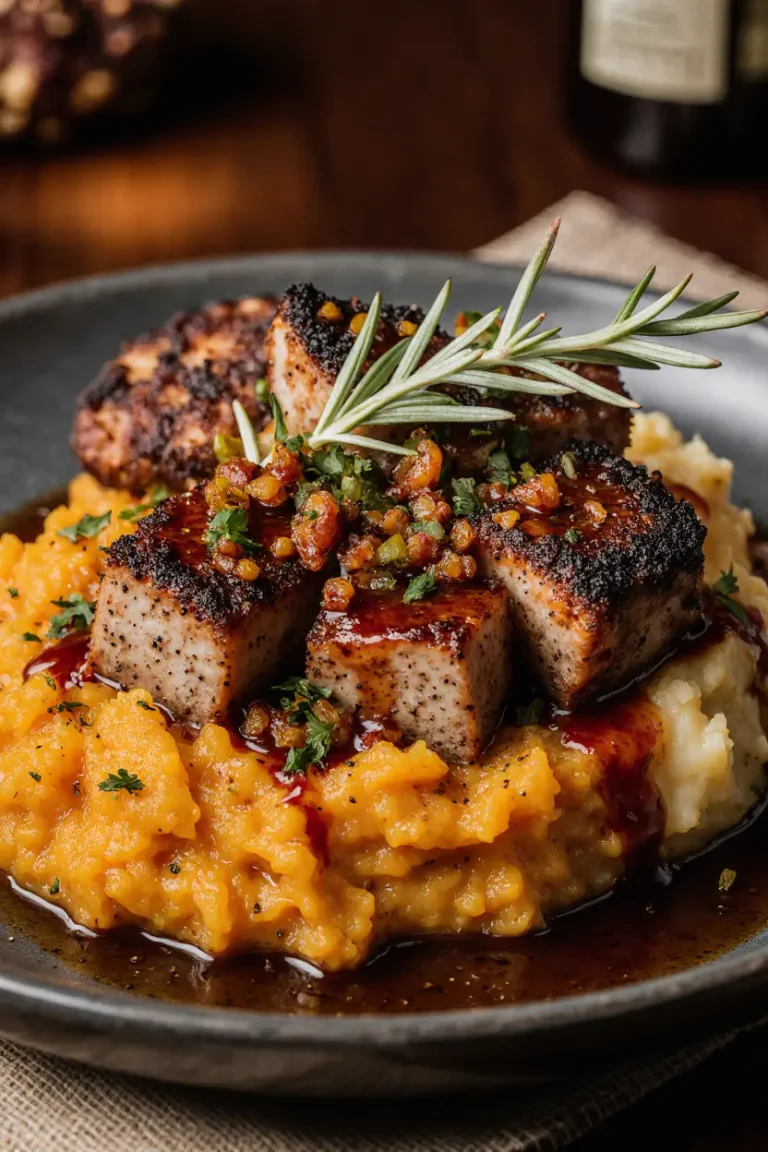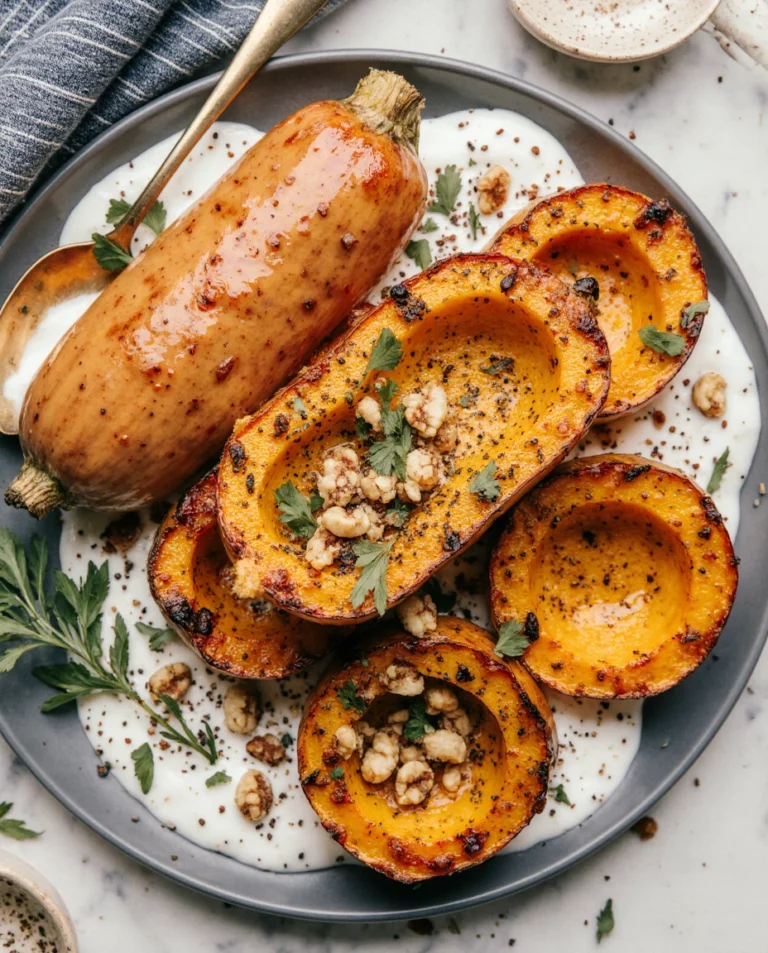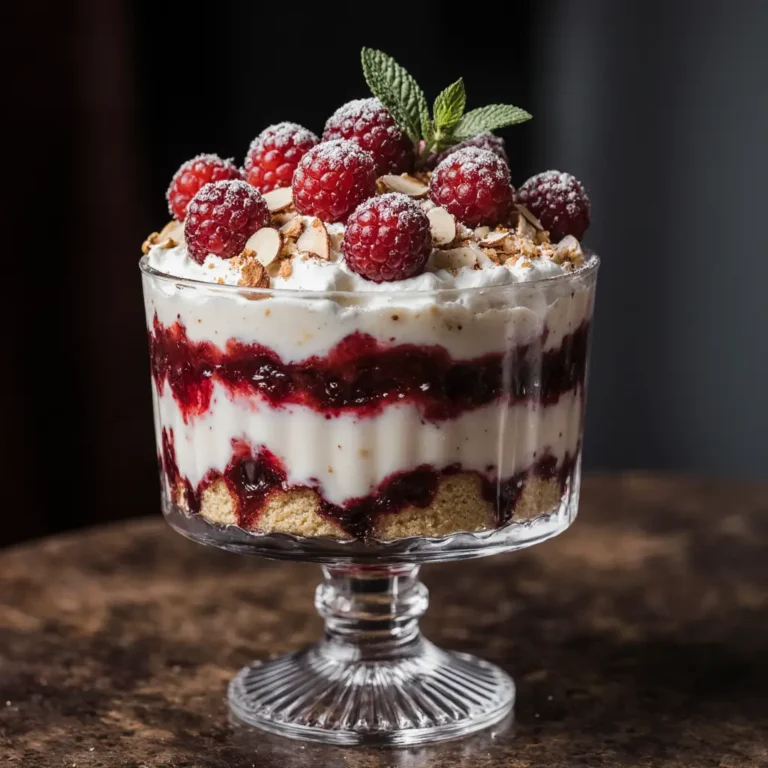Delicious Creamy Mashed Potatoes Recipe for Perfect Comfort

Introduction
Have you ever wondered what makes a truly irresistible bowl of mashed potatoes? Many home cooks struggle with achieving that perfect creamy texture without lumps or a gluey finish. The challenge lies not only in the choice of potatoes but also in the method of preparation and the balance of ingredients. This delicious creamy mashed potatoes recipe for perfect comfort is designed to help you overcome common pitfalls and enjoy a rich, velvety side dish that complements any meal beautifully.
Mashed potatoes are more than just a simple side; they’re a versatile comfort food staple that can elevate your Sunday dinners, holiday feasts, or weeknight meals. The key to success is in the creaminess — luscious, smooth, and melt-in-your-mouth, yet light enough not to feel heavy. Let’s dive into how you can master this classic dish and impress your family and friends with every spoonful.
—
Ingredients List
To create the perfect creamy mashed potatoes, use these fresh, quality ingredients. Below are substitutions and dietary options to customize your recipe.
– 2 pounds Yukon Gold potatoes (substitute: Russet for fluffier texture or red potatoes for a more rustic feel)
– 4 tablespoons unsalted butter (substitution: olive oil or vegan butter for dairy-free)
– ¾ cup whole milk (alternative: almond milk, oat milk, or lactose-free milk)
– ½ cup heavy cream (optional for extra richness; can reduce or omit for lighter mash)
– Salt, to taste
– Freshly ground black pepper, to taste
– 2 cloves garlic, minced (optional for added flavor)
– Fresh chives or parsley, finely chopped (for garnish)
Dietary Alternatives:
– For a vegan version, replace butter and dairy milk with plant-based oils and milk.
– For low-fat options, use skim milk and reduce butter quantity.
– To add more fiber, consider mixing in some cooked cauliflower or parsnips alongside potatoes.
—
Timing
Knowing exact timings can help you prepare this creamy mashed potatoes recipe with ease.
– Preparation time: 10 minutes (peeling, chopping, and gathering ingredients)
– Cook time: 20-25 minutes (boiling potatoes until tender)
– Total time: Approximately 35 minutes
You’ll know your potatoes are perfectly cooked when you can easily poke through them with a fork; soft but not falling apart. This creates the ideal foundation for the creamiest mash, transforming simple spuds into a comforting culinary masterpiece.
—
Step-by-Step Instructions
Step 1: Choose and Prep Your Potatoes
Start by peeling your potatoes, then cut them into evenly sized chunks to ensure they cook uniformly. Using Yukon Gold is recommended for its buttery texture and natural creaminess, perfect for mashing.
Chef’s Tip: Leaving some skin on red potatoes adds texture and nutrients, giving you a rustic, wholesome mash.
Step 2: Boil Potatoes in Salted Water
Place the potato chunks in a large pot, cover them with cold water, and add a generous pinch of salt. Bring to a boil and reduce to a simmer. Cook for 20-25 minutes until tender.
Chef’s Tip: Starting in cold water helps potatoes cook evenly inside and out, preventing mushy edges.
Step 3: Drain and Dry the Potatoes
Drain your potatoes thoroughly, then return them to the warm pot. Let them dry over low heat for 1-2 minutes to remove excess moisture, which helps achieve a fluffier mash.
Step 4: Warm Your Dairy Mixture
In a small saucepan, gently warm the butter, milk, and heavy cream together until the butter melts. Warm liquids blend better and keep your mash creamy.
Step 5: Mash and Mix
Using a potato masher or ricer, mash the potatoes until smooth. Slowly pour in your warm dairy mixture while stirring or folding gently. Avoid overmixing, which can turn your mash gluey.
Chef’s Tip: For extra silky potatoes, use a potato ricer or food mill instead of a hand masher.
Step 6: Season and Serve
Add salt, freshly ground pepper, and minced garlic (if using). Fold gently to combine. Top with fresh herbs like chives or parsley before serving for a fresh, vibrant touch.
—
Nutritional Information
Per serving (based on 6 servings):
– Calories: 210 kcal
– Protein: 4 g
– Carbohydrates: 30 g
– Fat: 9 g
– Saturated Fat: 5 g
– Fiber: 2 g
– Sodium: 250 mg
– Vitamin C: 20% of daily value
– Potassium: 15% of daily value
This classic dish provides a good balance of carbohydrates for energy and some protein, but is richer in fats due to butter and cream, so moderation or adjustment works well for specific dietary needs.
—
Healthier Alternatives
If you want to enjoy this creamy mashed potatoes recipe while keeping an eye on nutrition, consider these swaps:
– Milk: Use unsweetened almond milk or other plant-based milks that are lower in fat and calories.
– Butter: Swap butter for heart-healthy olive oil or mashed avocado for healthy fats.
– Potatoes: Mix in cauliflower or parsnips to lower calorie density and increase fiber, vitamins, and minerals.
– Salt: Use herbs, garlic, or lemon zest to boost flavor instead of extra salt.
These tweaks keep the comforting texture and flavor without compromising your health goals.
—
Serving Suggestions
Mashed potatoes pair wonderfully with many dishes and can be personalized for every season. Try these ideas:
– Winter: Serve with rich beef stew or roast chicken and steamed green beans.
– Spring: Top with fresh peas and mint, alongside grilled lamb or salmon.
– Summer: Add a dollop of sour cream and chives, paired with barbecue ribs or grilled vegetables.
– Autumn: Serve with roasted turkey, cranberry sauce, and sautéed mushrooms for a classic holiday feel.
You can also transform leftovers into crispy mashed potato cakes topped with sour cream or spicy aioli the next day!
—
Common Mistakes to Avoid
Even seasoned cooks face challenges with mashed potatoes. Here’s how to avoid common errors:
– Overworking the potatoes: Mashing too vigorously or using a blender can make the starch release excessively, resulting in gluey potatoes. Always mash gently.
– Not drying the potatoes: Skipping the drying step after draining leaves excess water, diluting creaminess.
– Using the wrong potatoes: Waxy varieties lack the starch needed for fluffy mash; stick with Yukon Gold or Russet for best results.
– Adding cold dairy: Cold butter or milk cools the potatoes, toughening their texture and ruining creaminess. Heat your dairy first.
– Under-seasoning: Potatoes need ample salt to bring out their sweetness and balance richness—taste as you go.
—
Storing Tips
If you have leftovers, proper storage helps maintain quality:
– Cool mashed potatoes quickly and store in an airtight container in the refrigerator for up to 3-4 days.
– Reheat gently over low heat on the stove, adding a splash of milk or cream to restore creaminess. Microwave reheating often dries them out unless covered well.
– For longer storage, freeze mashed potatoes in meal-sized portions using freezer-safe bags or containers. Thaw overnight in the fridge before gently reheating.
—
Conclusion
This creamy mashed potatoes recipe delivers the perfect comfort food experience with its smooth texture and rich flavor. By selecting the right potatoes, using warm dairy, and following the expert tips, you can create a side dish that elevates any meal. Don’t hesitate to experiment with healthier swaps and exciting serving ideas to make it your own!
If you enjoyed this recipe, please share your thoughts, questions, or tips in the comments below. And for more delicious comfort food inspiration, subscribe to our newsletter!
—
FAQs
Q1: Can I make mashed potatoes ahead of time?
Yes! Prepare them up to a day in advance, store chilled in an airtight container, and gently reheat with a splash of milk or cream to refresh them.
Q2: What’s the best potato type for creamy mashed potatoes?
Yukon Gold potatoes are preferred because of their buttery texture and natural creaminess. Russets work well for fluffier mash but may not be quite as creamy.
Q3: How can I make mashed potatoes dairy-free and still creamy?
Use plant-based milk such as almond or oat milk warmed with olive oil or vegan butter. Adding cooked cauliflower can also enhance creaminess without dairy.
Q4: Should I peel my potatoes for the best texture?
Peeling is common for ultra-smooth mashed potatoes, but leaving skins on red or Yukon Gold potatoes adds texture, flavor, and nutrients if you prefer a rustic style.
Q5: What tools are best for making creamy mashed potatoes?
A potato ricer or food mill produces the silkiest results, but a hand masher works well when used gently. Avoid food processors or blenders as they can make potatoes gluey.
—
For more kitchen tips and recipes, check out our Ultimate Guide to Potato Varieties and Homemade Gravy Recipes for Perfect Pairing, perfect companions to your creamy mashed potatoes. Happy cooking!






